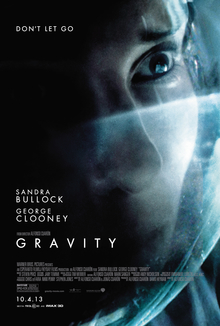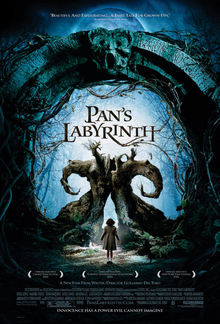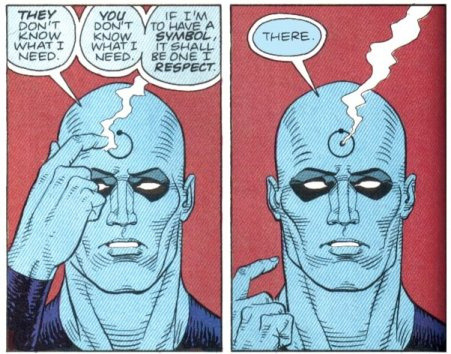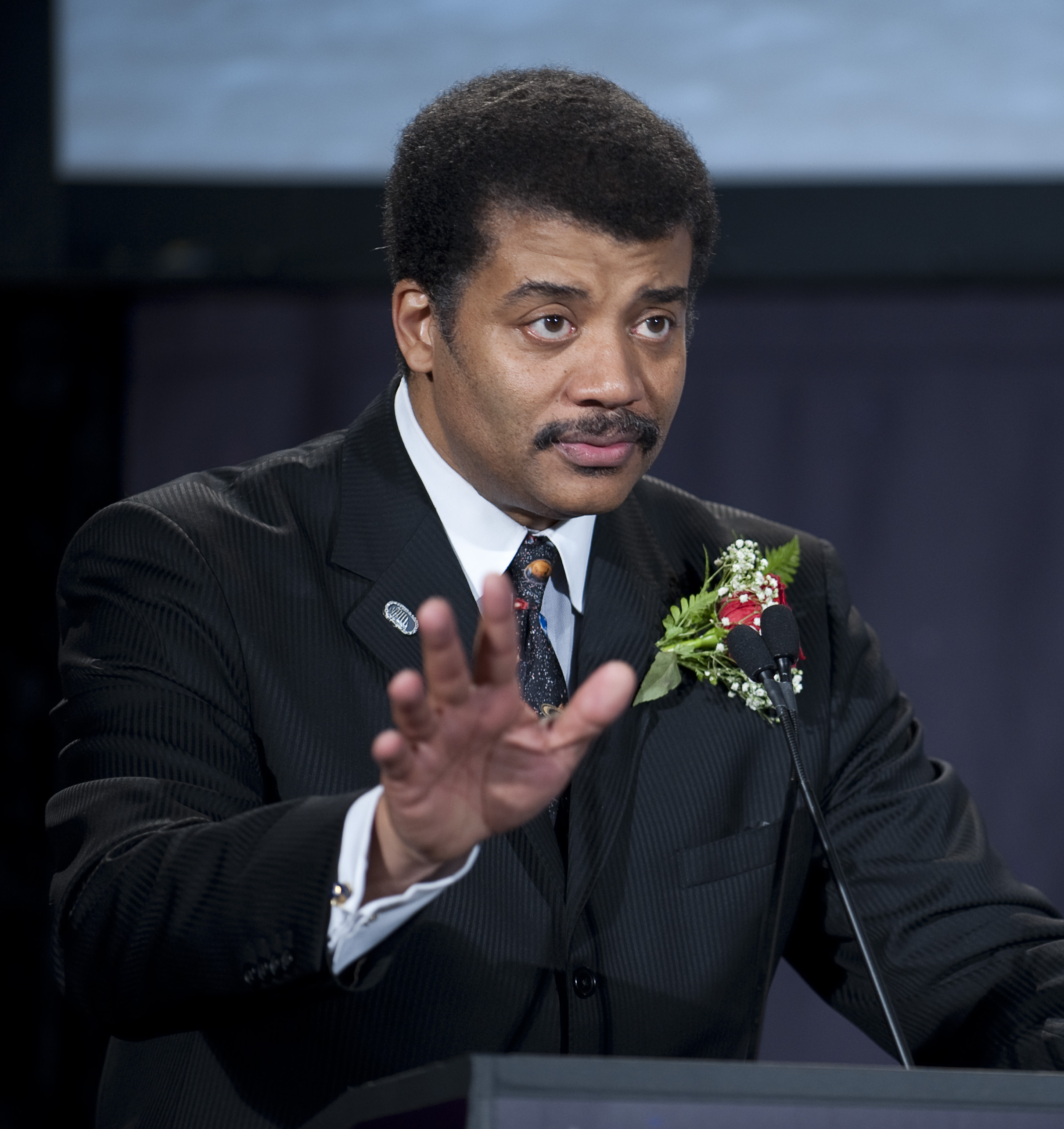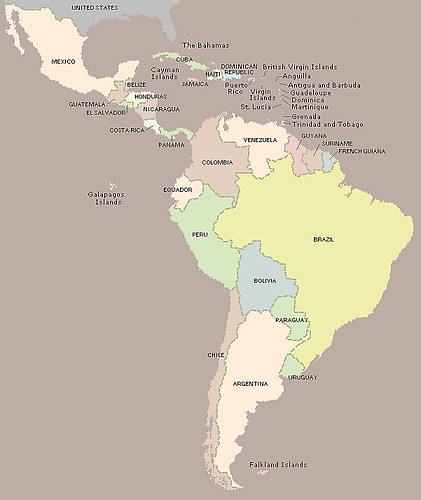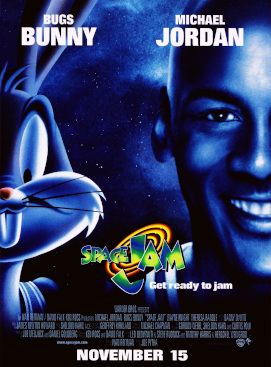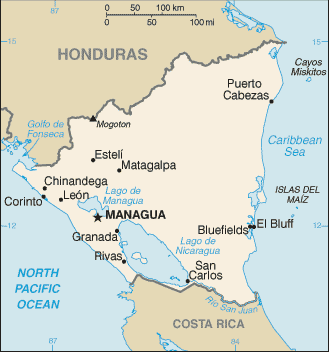Writing classes can still be a lot of value to a developing writer, though. They offer consistent practice in reading and writing, which is obviously the most crucial part in becoming a writer. They can also give you techniques to assist you in your reading and writing. One class I took was about short stories specifically, and our teacher had us read a couple short stories each night. We were then supposed to analyze the stories from a writer's perspective- to think about choices the writer made, both narrative and structure wise, and think about how those choices helped form the stories. That is what I plan to do today.
When it comes to video games, I tend to value an engaging narrative more than anything else. There are exceptions, of course. I enjoy the shit out of the Halo series and arcade style racing games, and if the government could track what I do to innocent bystanders in Grand Theft Auto I would be placed on every government watch list imaginable. Still, overall, I usually prefer games that take me to an interesting world where I care about the characters in them or am challenged to think and feel by the way they explore certain themes.
When it comes to games that were able to elicit genuine emotion from me, three stand out in particular.
3. The Walking Dead

I was one of those people who felt over saturated with zombies in popular culture by the time the TV series The Walking Dead came out. I eventually watched it reluctantly thanks to my sister insisting I'd enjoy it, and I do like it. While there are quite a few moments of bad writing- characters doing something mindbogglingly stupid to push along the plot, characters doing something out of character to push along the plot, characters doing literally nothing to contribute to the plot, plots being stretched thin without meaningful character development to fill those spaces- I grew to like enough of the characters (especially Daryl and Tyreese) and find enough interest in the plot to stick with it.
Recently, I decided to check out the video game. The one that everyone said was good, that is, as there is one based on the TV series that is a terribly made cash grab (which is a shame, because it apparently follows Daryl and his brother Merle immediately after the outbreak hits, which sounds like an awesome concept). The game that I played instead follows a band of survivors different than that of the TV series, though a couple characters from the show do make an appearance.
The protagonist is Lee Everett, a former professor of history at the University of Georgia, who is on the way to prison for the murder of a state senator who he caught having sex with his wife. On his way to jail, the outbreak happens and the police car he is in crashes. Soon after, he meets a young girl named Clementine who is stuck in her home by herself, her baby sitter having turned into a "walker" after everything went down. Knowing she'd be in danger if left alone, he lets her come with him to protect her from any harm. Along the way they meet many people, some of which join their group, and try to find ways to survive and keep pushing forward.
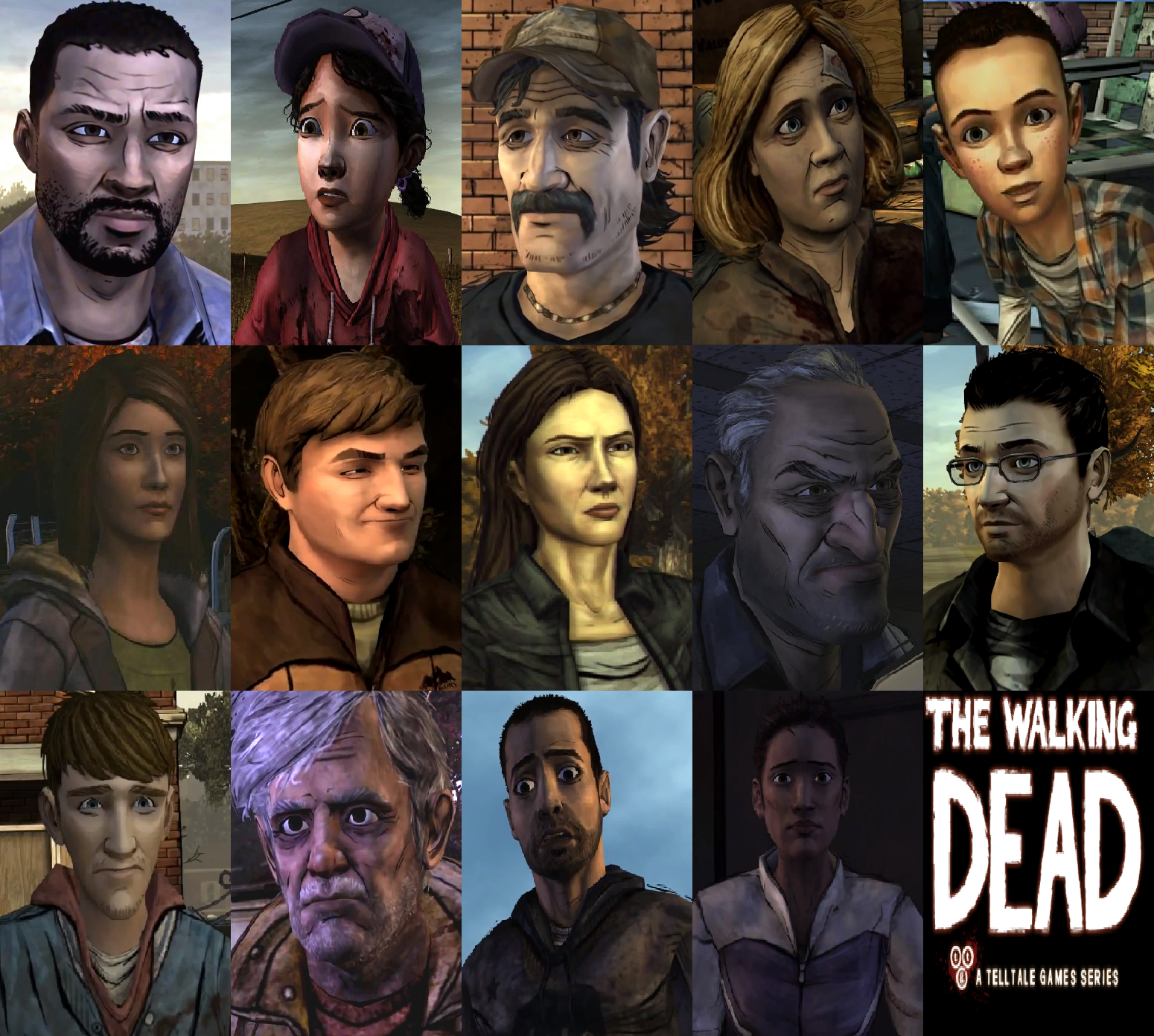
All the characters who join your group
This story does two things well: create distinct characters (a recurring theme in this piece) and avoid the lazy writing pitfalls I mentioned above that tends to plague horror fiction. Lee Everett is a pragmatic, soft spoken man who has come to regret what he did and wants to focus on keeping Clementine safe. Clementine is a very sweet little girl who is pretty sharp for her age and surprisingly helpful. Kenny is fisherman who is fiercely loyal and always tries to keep hope alive. His son Duck is a hyperactive but good-natured kid who helps relieve tension in a lot of the darker times. Lilly is someone who values survival above all else and isn't afraid to make tough decisions. Carley is a down to earth person who wants to keep everyone from fighting. I could go on, but the point is each character has a clearly established personality and set of motives.
The writing also avoids taking lazy shortcuts, too. In the TV series, as mentioned above, otherwise intelligent characters will make a mindbogglingly stupid decision and either wind up being killed or putting the rest of the group in danger. Conflicts also arise that could have been avoided if the characters had the basic interpersonal communication skills that everyone in the real world possess. Here, conflicts arise from truly dangerous circumstance, and if a character does take a risk, it is because they have a clear reason to take a risk and have no safer way to do it. You'll never find yourself thinking "they deserved it for being so stupid" when someone dies in the game.

Unlike people from the show whom you wished would die.
Feeling like you're watching actual human beings with a sense of self-preservation goes a long way in making you care about characters in any sort of horror fiction. Of course, even then, you still have to be given a reason to care about them. With Lee, it's simple. He is easy to relate to because we see him struggle from the very beginning with both survival and holding onto his principles. He also has done something bad in the past that he deeply regrets, something we all can relate to even if it wasn't as drastic as what he did (most of us have barely killed any state senators at all!). Finally, his desire to keep Clementine safe gives you reason to root for him so that he can continue to keep her safe.
Your decisions affecting the game also make you feel closer to Lee, not to mention other characters you interact with. The decisions themselves are also often heart-breaking, too- often it's a lose-lose situation. For instance, at one point you are raiding a store with Kenny and see a girl getting attacked in the distance. She has already been bitten, so you can't save her. You can choose between letting her get eaten to buy you some time or shoot her so that she doesn't have to suffer such a gruesome death- but then your gunshot would attract the walkers over to you. I chose to let her get eaten, and I genuinely felt terrible about it for a little while afterward. Lee also feels bad about it in the story, and it causes you to bond with the character. When something rough happens, especially as a result of your decisions, it makes it feel like the two of you are in it together.
When it comes to Clementine, she is the perfect example of a child character done right. So many children characters in fiction are presented as insufferable, until eventually you grow to peel away the layers of their character and find out the real good that's been in there the whole time! Handled well, these types of characters can be interesting, but more often than not are just obnoxious. Clementine, on the other hand, is a kind girl who is immediately likable. She is also as helpful and intelligent as an eight year old can realistically be expected to be. She uses her small size to get in hard to reach places to help the group out and is usually good at avoiding danger when sticky situations arise.
[[SPOILERS]]
There are so many other examples of characters who you grow to care about, so when something bad happens it really punches you in the gut. Kenny will always look out for his family and, if you stick up for his family, will always stick up for you no matter what. When his son Duck is bitten, you not only lose one of the most upbeat members of the group in Duck, but you also watch Kenny and his wife Katjaa try to cope with the situation. When it finally becomes clear that Duck isn't going to make it, Katjaa commits suicide. This obviously devastates Kenny, who up to that point had always made a point to keep pushing forward and hold onto hope. When the time comes, you can elect to have Kenny finish the Duck off or do it yourself so he doesn't have to go through it.
Later on, when searching a house to use as temporary shelter, you and Kenny come across the walker of a young boy who is all skin and bones. The child was so emaciated by the time he turned into a walker he can barely move when you encounter him. The two of you surmise that this kid hid up in the attic and eventually starved to death. Aside from being tragic on its own, the kid is also around Duck's age, and a lot of the emotions Kenny had been bottling up begin to show themselves. Once again, you have the option of ending the kid so that Kenny doesn't have to.
Towards the end of the game, Clementine goes missing and Lee gets bit. After a lot of searching and a lot of people dying, Lee eventually gets separated from the scant few remaining survivors, but powers through to the hotel where Clementine was kidnapped. This sequence is literally the only one in the game where you charge through a horde of zombies and fight your way through, a narrative choice to show that Lee isn't fucking around and at this point would truly do anything to rescue Clementine (had you been charging through hordes of zombies comic book style throughout the game, this scene wouldn't have nearly the same impact, if any at all). Eventually, you rescue her from the crazed (yet sympathetic) kidnapper and leave. However, your bite catches up with Lee and he faints mid-escape.
You wake up in a garage Clementine somehow managed to drag you into. You find yourself unable to stand up, so you have to instruct her on how to break into an office, take the keys and gun from a walker, and inevitably kill the walker when it tries to attack her. Afterward she is distraught, especially when you have her handcuff you to the radiator in case you turn soon. You have the option of having her leave you there or shoot you, and either option is tragic. What really adds to this scene is that decisions you've made throughout the game catch up. There are many ways you can treat Clementine throughout the game- shielding her from the bad, being honest in a gentle way, being brutally honest- and it affects how your final interactions with her go.
What makes the emotional moments in this game work, then, are surprisingly basic- distinct characters, consistent writing, and a choice system that is more about how you cope with everything going on around you instead of the morality system in most video games, which often comes down to you being a saint or a sadist. This game is an example of what good fundamental writing and a well thought out, morally ambiguous choice system can do for a game.
2. Lost Odyssey

Lost Odyssey was produced by Hironobu Sakaguchi, the original creator of the Final Fantasy series that I am a huge fan of. The story takes place during the "Magic Industrial Revolution", which is exactly what it sounds like: a world going through an industrial revolution, but with magic involved. The protagonist is Kaim Argonar, an immortal man who has no memory of his past. The main plot follows Kaim and his crew (which includes both fellow immortals and mortals) as they try to both get to the bottom of their immortality and stop various nations from going to war.
Anyone who has ever played the game probably knows what I mean when I say the main plot is not at all the what makes this game so special. While the overarching story is a solid one, what really makes this game stand out are the "A Thousand Years of Dreams" short story sequences the player unlocks throughout the game. These are flashbacks to different points in Kaim's long, often lonely years wandering through existence as a man who cannot die. The sequences are unrelated to the main plot, and in fact you don't even have to be into video games at all to appreciate them. They were penned by an award winning Japanese short story writer, Kiyoshi Shigematsu, and it shows.
Every single flashback is worth watching and analyzing. Not only are they all fantastically written, but they deal with a variety of themes and ideas, as well as create compelling characters in a surprisingly short amount of time. For time's sake, I will analyze only the first one you unlock: Hanna's Departure.
Tip: when looking them up on the internet, try to watch the longest version you can find.
Some people scroll through the stories too quickly, making it hard to read them at a comfortable pace.
This sequence follows Kaim as he goes to meet a little girl on her death bed. She was born extremely sick and was unable to travel in her short life, but as the daughter of two inn keepers she was at least able to hear stories about travels from their guests. At one point during his travels, Kaim stayed at the inn and told her stories about his life on the road. After that the two formed a bond and he would make a point to periodically return to the inn to tell her all about his travels.
This story does so many things right. One is the incredible balance between making the tragedy about both Hanna and Kaim. When Kaim visits her for this final time, he spends one last evening telling her about all of his travels. As the story says, he "never told her anything sad. He kept his mouth shut about the human
ugliness and stupidity he witnessed endlessly on the battlefield." As she dies, it becomes clear that he told her these stories for his sake as much as hers. As a way to hold on to the beautiful parts of life and to find meaning in helping give a young child grand stories about adventures she could never have herself. With her death, a part of Kaim dies as well.
However, if the story only focused on Kaim in this situation, Hanna would be reduced to nothing more than a plot device and the emotional weight of her death would be lessened (not to mention contributing to an overarching problem of using female characters as plot devices in entertainment). Here, they are able to establish her as a distinct character in a very short amount of time. She is a curious girl with a sense of adventure, cruelly bound by fate to be unable to travel much further than the inn. She is extremely outgoing and asks every guest about their travels, and often asks prying questions that might be crossing the line. By the end of the story you have a clear idea of what type of child she is.
Another good choice is the lack of melodrama in her departure. I am a huge fan of role playing games (RPGs), but a lot of otherwise emotionally impactful moments can often be ruined by exaggerated reactions from characters that try too hard to illicit emotion. Here, after he finishes telling her about his travels for the last time, he comforts her while she draws her last breaths by telling her she will be departing on her own journey. One that no one in the living world has ever experienced. The story ends as she dies, leaving us without any dramatic outbursts, only Hanna departing with a traquil smile on her face "as if she had just said 'see you soon.'."
While the writing can be a little explicit instead of implicit, and be a little weird in a couple of places (for instance, the above story calling her fragility "beautiful", which is kinda creepy), the stories are written incredibly, and backed up with understated background visuals and easily one of the best scores Nobuo Uematsu has ever put together- which is saying a lot, as Uematsu has been around for a while and has created some of the best video game music numbers out there.
The game also does a great job of explaining why Kaim is the typical silent, brooding Japanese RPG protagonist. When you're an immortal man who has watched countless people die over the course of a thousand years, including people you have spent a full human lifetime growing to care about, you're probably not going to be the most affectionate or outgoing person.
Despite this pain, the stories make it clear that on the inside, Kaim still tries to retain his humanity. These flashbacks show him trying not only to protect the lives of people he encounters, but also respecting what they value in their lives. As someone who lives forever, he understands that he can never know the feeling of truly being willing to sacrifice his life for something or finding a purpose to dedicate a finite lifespan to. Instead of thinking himself above people for being mortal, he believes that their mortality gives them certain types of strength he can never completely understand. This makes him a character that is easy to like.
The stories also give you an outsider's perspective on mortal life that can be endlessly thought provoking. In some cases, this device can also be very gripping on the emotions as well. After all, he sees what generations of hatred and love, what centuries of competition and cooperation, what lifetimes of open mindedness and close mindedness are capable of. In some stories, he will visit one place, only to come back decades or even centuries later.
For instance, there is one story where he is hired as a guard for a prison in a very authoritarian, "tough on crime" society. A fire happens during a rebellion, and the guard won't let the prisoners free. Kaim knocks out the guard and sets the prisoners free, but tells them to save people instead of flee. Fast forward decades years later, and Kaim finds out they did exactly that- this added to people's already intense questioning of the social order (a bunch of criminals saved us? maybe they're not as bad as we thought...) and it led to a revolution. Now one of the prisoners Kaim helped that night is the new leader.
Throughout these stories, we see Kaim interact with all sorts of people, including some very admirable characters. Some are admirable because they are selfless- there are a couple instances of bitter irony where a stranger will sacrifice themselves for Kaim, or put themselves in danger to help someone before Kaim has a chance to help that person, such as the owner of a tea shop jumping into raging waters to save a drowning young man. Others have an intense dedication to their purpose in life, which makes the world better in its only small way, like an old shoe maker who spends his life crafting high quality shoes for people at low prices. A few of them are admirable because they are willing to give up things that conflict with their principles, like when a former war hero gives up his life as a soldier to tend to sheep (much to the scorn of his fellow villagers who idolized him when he was a soldier).
What makes Lost Odyssey special is a very unique concept that gives us an outsider's perspective on human nature and mortality, while making sure this outsider is one we empathize with because he empathizes with us. Kaim truly feels like a human being made immortal, struggling with the weight of immortality the way we would expect someone to. The people he encounters are all noteworthy in their own ways, and like with the example of Hanna's Departure, the tragic moments are both Kaim's and the character's tragedy. This game has affected my own writing in a lot of ways. I would recommend anyone who is a fan of compelling fiction to check these A Thousand Years of Dreams segments out, whether you're a gamer or not (and no, you don't have to have played the game to appreciate these short stories).
One of my favorite tracks.
My absolute favorite track is here, but for some reason it doesn't come up in the Youtube search
for it (there are other versions with vocals that are easier to find, but I personally prefer it without).
The game also does a great job of explaining why Kaim is the typical silent, brooding Japanese RPG protagonist. When you're an immortal man who has watched countless people die over the course of a thousand years, including people you have spent a full human lifetime growing to care about, you're probably not going to be the most affectionate or outgoing person.
Despite this pain, the stories make it clear that on the inside, Kaim still tries to retain his humanity. These flashbacks show him trying not only to protect the lives of people he encounters, but also respecting what they value in their lives. As someone who lives forever, he understands that he can never know the feeling of truly being willing to sacrifice his life for something or finding a purpose to dedicate a finite lifespan to. Instead of thinking himself above people for being mortal, he believes that their mortality gives them certain types of strength he can never completely understand. This makes him a character that is easy to like.
The stories also give you an outsider's perspective on mortal life that can be endlessly thought provoking. In some cases, this device can also be very gripping on the emotions as well. After all, he sees what generations of hatred and love, what centuries of competition and cooperation, what lifetimes of open mindedness and close mindedness are capable of. In some stories, he will visit one place, only to come back decades or even centuries later.
For instance, there is one story where he is hired as a guard for a prison in a very authoritarian, "tough on crime" society. A fire happens during a rebellion, and the guard won't let the prisoners free. Kaim knocks out the guard and sets the prisoners free, but tells them to save people instead of flee. Fast forward decades years later, and Kaim finds out they did exactly that- this added to people's already intense questioning of the social order (a bunch of criminals saved us? maybe they're not as bad as we thought...) and it led to a revolution. Now one of the prisoners Kaim helped that night is the new leader.
Throughout these stories, we see Kaim interact with all sorts of people, including some very admirable characters. Some are admirable because they are selfless- there are a couple instances of bitter irony where a stranger will sacrifice themselves for Kaim, or put themselves in danger to help someone before Kaim has a chance to help that person, such as the owner of a tea shop jumping into raging waters to save a drowning young man. Others have an intense dedication to their purpose in life, which makes the world better in its only small way, like an old shoe maker who spends his life crafting high quality shoes for people at low prices. A few of them are admirable because they are willing to give up things that conflict with their principles, like when a former war hero gives up his life as a soldier to tend to sheep (much to the scorn of his fellow villagers who idolized him when he was a soldier).
What makes Lost Odyssey special is a very unique concept that gives us an outsider's perspective on human nature and mortality, while making sure this outsider is one we empathize with because he empathizes with us. Kaim truly feels like a human being made immortal, struggling with the weight of immortality the way we would expect someone to. The people he encounters are all noteworthy in their own ways, and like with the example of Hanna's Departure, the tragic moments are both Kaim's and the character's tragedy. This game has affected my own writing in a lot of ways. I would recommend anyone who is a fan of compelling fiction to check these A Thousand Years of Dreams segments out, whether you're a gamer or not (and no, you don't have to have played the game to appreciate these short stories).
1. Final Fantasy 7 Crisis Core
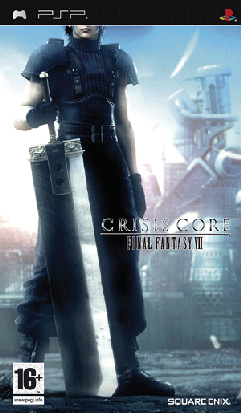
This game is the first video game I ever played that was able to elicit a strong emotional response from me. It is a prequel to my favorite game of all time, Final Fantasy 7. It was the third Final Fantasy title I had ever played, after 10 and 8 (yes, hardcore Final Fantasy fans, I have since played older titles and enjoyed them as well). What I loved about these games was that everything was on point. We were given interesting worlds, distinct characters, grand plots, quality visuals and music, and creative art work. In short, there was both style and substance.
This particular game follows the fate of Zack Fair, a 1st class SOLDIER (the very creative name given to elite super-soldiers) who ends up befriending a lowly infantryman Cloud Strife, the protagonist of Final Fantasy 7. In the original game, Zack was more of a plot device, significant only for being Aerith's first boyfriend and not giving up on Cloud when he was comatose from a certain type of poisoning. Here, we follow him in all the events leading up to the original game.
When you have a prequel, there is a certain restriction involved. You can't be very plot driven, because the audience knows what will happen to a certain extent. They might not know the specifics, but they know how things will end up. Because of that, you have to focus on characterization, theme exploration, and/or something else not related to the overarching plot to make people dig it. In this case, the game focuses on making Zack a likable character. For me, they absolutely hit it out of the park. He is not only my favorite Final Fantasy character, but probably my favorite fictional character of all time.
What the writers do so well here is character development. In the beginning, Zack is an energetic and optimistic 2nd class SOLDIER who wants nothing more than to be a hero, and believes working toward becoming a 1st class SOLDIER is the ideal way to achieve that. By the end of the game, he has made his goal and has changed into a calmer, more mature warrior, but without losing that good natured spark that kept him going in the first place. This is despite him becoming disillusion about the system he serves as a 1st class SOLDIER, and not always able to discern right from wrong.
A big strength of the writing team here is how gradually they make this change happen. Often, a video game writer's idea of character development means a big pivotal moment or two for the main character who had remained the same in the moments between these big pivotal moments. Here, we instead see a steady accumulation of moments that gradually change Zack. While there are indeed a few big pivotal moments, in between them Zack's experiences make him gradually become more grounded, not to mention doubtful of the system he works for.
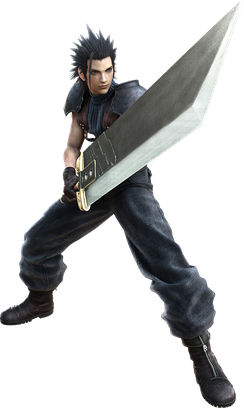
Luckily, questioning your role in a militaristic war machine totally isn't something anyone today could related to!
All of this is helped by a quality cast of characters. Most of them appear in the main game, and pretty much all of them appear at some point in the FF7 universe. Each have personalities that are somewhat different from the main game, but in a way that makes sense to both the events of the plot and them as characters. Cloud is shy and pretty weak, a serious contrast from his personality in the original game, but that's because of the events in the plot that push him towards who he is in the original. Tseng, the leader of the Turks, is far more idealistic here than he is in the main game, because his conscience hasn't been worn down by leading what is essentially Midgar's version of the CIA.
New character are also (mostly) interesting and well written. Angeal is Zack's moral compass and mentor who has a traumatic past that causes him to question who he is. Cissnei is a Turk and she is one of the sharpest characters in the game. She also helps you out in a couple very critical situations. The only new character I didn't care for was Genesis. His motivations were consistent enough, but he was basically a red knockoff of Sephiroth and spent all of his time quoting passages from a book called Loveless, which is about as shitty as it sounds.
The moment here I will analyze in depth is the end of the game. If you've played the original game, then you know what happens. Hell, if you have been around gaming culture, you probably know what happens. If you don't, however, and you don't want to know what happens, you shouldn't read on.
[[SPOILERS]]
There is quite a lot that goes into making Zack's death scene tragic. Unlike the previously mentioned games, which do so almost entirely on the strength of their writing, this scene uses more elements unique to a video game to help out. A good fighting metaphor would be that the above video games are MMA fighters who continue to win because their boxing is so exceptional it's as good as a professional boxer's. This game, on the other hand, is an MMA fighter where all of its areas are strong.
First, the writing. One of the reasons you've come to root for Zack throughout the game is that he tries to do good, even when he doesn't know what good is. At this point of the game, Shinra has turned on him and he is on the run. Despite this, he doesn't lose sight of who he is, and he drags Cloud along who is a comatose state. He takes care of Cloud, even though he could easily ditch him and make his survival much easier.
When the soldiers finally catch up to and corner them, Zack goes to put Cloud in a safe spot. This shows not only a dedication on Zack's part to keeping Cloud safe, but also a consistency on the part of the writers- had Zack not been slowed down by carrying Cloud, there is no way the Shinra army would have been able to take him out, and even if he were trapped he could've conceivably found a way to escape. Here, his principles make it a sound choice for him to stay and fight to the bitter end.
There are also plenty of elements that add to the tragedy. Aerith was never informed of what happened to Zack, and assumed he had simply left her; at the end of the game Zack is on his way back so he can see her, and hopefully start a new life. A lot of other characters have also grown close to Zack, and their concern for him is heartbreaking.
For instance, a series of messages arrive from his friend Kunsel, who earlier in the game had shown you the ropes of being a SOLDIER and often gave the player valuable information. In these messages he desperately tries to find where Zack is so he can come help, even if it means becoming a fugitive of Shinra. Zack's friends in the Turks, meanwhile, are combing the area for him- he'd still be captured, but at least he'd be alive. All this makes it so that the tragedy isn't just Zack's, but also a tragedy for all the characters he has come to know and build bonds with, characters you have presumably come to like throughout the game.
But of course, you don't get found by the Turks, you get found by the army. Zack makes his last stand and fights until he is eventually overcome by the endless horde of infantry that he just can't beat single-handedly. He is left to die, covered in bullet and stab wounds. Just before he goes, Cloud crawls up, having been snapped out of his comatose state, and is lucky enough to talk to Zack before he passes. Zack reminds him to hold onto his dreams and lets Cloud know he is his living legacy. He then dies in a way that is simultaneously sad and uplifting.
The full ending, including the part where you fight to the death.
Now, that's where the narrative does a good job of making the death sad. However, this is a video game, and here they use every element of that to add to the experience. Any game developers looking to make truly emotionally impactful moments should study this as an example of using every tool available.
The final fight has you actually controlling Zack while fighting your last fight. This further strengthens the bond between player and character, as it adds to feelings that you are truly in this together. You fight the endless stream of soldiers and helicopters, who keep coming at you no matter how many you take out. Eventually, after a brief cut, you are left facing only a few soldiers, but you are so badly injured that you can barely lift your sword. The game still has you play, and you sluggishly slash at the remaining soldiers while you can barely stand. Soon they take you out, and it is all over.
What was especially well done about this sequence is the fact they used the combat system specific to this game. Throughout the entirety of the game, there is a roulette in the corner that continually spins. If all three reels line up with the same face of a character Zack has encountered, Zack recalls a memory with that character and does a special move.
Here, during your last battle, the same thing happens, but each time you line up a character's face on the roulette, you recall a couple fragmented memories of them before their faces fade away from the roulette. Everyone that you've encountered throughout the game begins to fade as your own life does. When the three remaining soldiers mentioned above finally take you out, you have one last memory before it switches to Cloud's perspective- a scratchy montage of your time with Aerith, ending with the screen fading to white and hearing the final words Aerith had spoken to you: "I'll be here."
Therefore, Crisis Core not only makes poignant narrative choices, but unlike the above two games, it makes superb use of the technical mechanics specific to that game to add to the narrative. The previous two choices could be made into a book, and not much would be lost other than the immediate audiovisual aspect. Crisis Core, on the other hand, would lose the game mechanics that help add to the experience.
Video games still have a long way to go when it comes to telling stories. Many are written with big set pieces in mind, and the narrative is mostly focused on trying to get someone from set piece A to B to C to D. There are also plenty of other issues when it comes to narratives in video games, too- lack of diversity and not hiring decent writers, for instance. However, there are exceptions, as this article demonstrates. When done right, games have the power to be truly immersive works of art that can make you both think and feel. Hopefully gaming narratives will keep getting better and game designers will keep pushing these boundaries.


